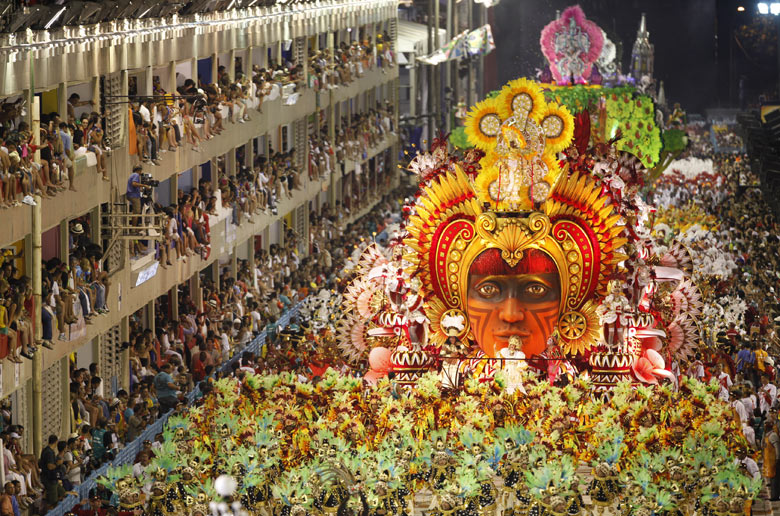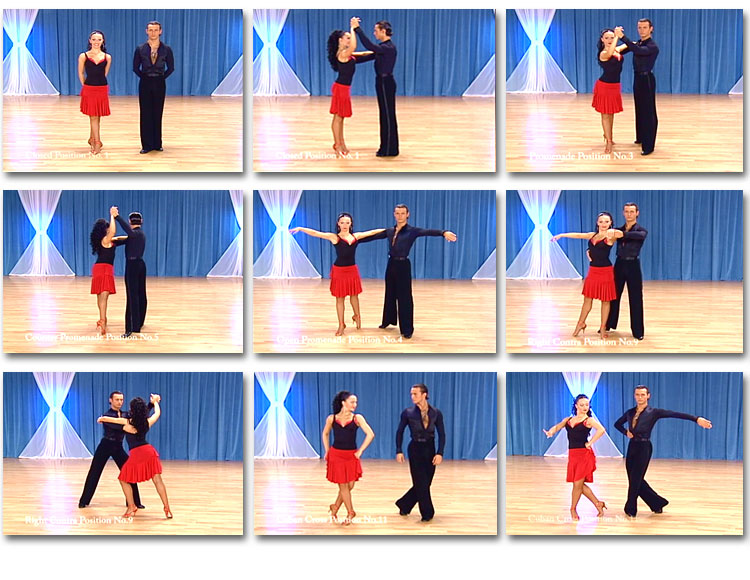After the Portuguese
found a place called January River, now Rio de Janerio, in the 16th
century in South America, they settled down and brought African slaves to the
plantations (oocities.org). Brazil is the birthplace of Samba that had been highly
affected by Africans, Native Americans, and Iberians (oocities.org). The word
Samba means ‘to pray’. In addition to the name, the rhythm of the music reflects
the religiousness of the dance and resembles a ritual.
Samba
is an essential element of the Carnival celebration in Rio de Janeiro and of
expressing ones joy of life. However, this was not the case in the past. The native
dances were considered obscene and were prohibited by the upper class, so only
people from the lower class performed such dances in secret until around 1885.A
dances evoked in the 1830s with body rolls and sways from the indigenous Lundu,
and the traits of Negro dances (oocities.org). Later the dance was altered and Europeanized,
the performers holding each other in closed dance position, so the Samba spread
to the upper classes and to Europe as well.
It is important to
mention that the Ballroom Samba is quite different from the original dance
itself and did not originate in Brazil (dance.lovetoknow.com). Originally it
was a really quick solo dance. Moreover, there are numerous types of Samba for
example, the Samba no pe, danced by a
single person; Samba de Gafieira,
danced in clubs from the ‘40s; Samba
Pagode, a more intimate style; and many others. You can read more about the
types on celebratebrazil.com or life123.com.
The first
and most important technique to acquire in order to dance Samba is the bouncing,
shaking the hips, and shifting bodyweight. These three techniques makes the
dancers body seem really flexible and the movements very light. I would like to
highlight that these three method help you move your bottom fast, effectively, and seductively.
However, if one does not bounce or shift the weight correctly the whole
performance falls apart. You might think there is nothing easier than bounding,
but here are a few videos that prove otherwise.
Practice
at home! Your love handles will benefit from the moves.




